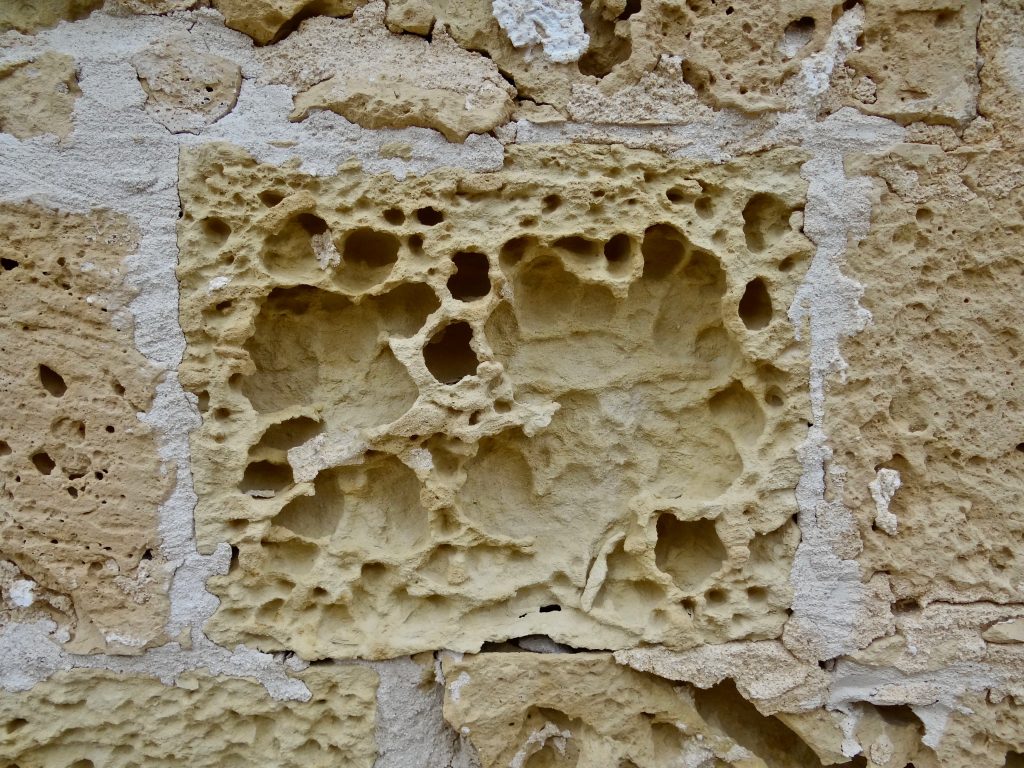|
Oui!Learn
Cities (+ Architecture)
Urbs, Civitas, Polis, Orbis
– a guide

This is not a guide*
Architecture/Context; Context/Architecture
Topical note: As advocated below, an interest in the architecture/context relationship has come to the fore in a topical way with the call for curriculum reform by the Architecture Education Declares movement. The movement’s open letter can be read here and it can be signed here
This guide is for courses delivered within the School of Architecture and Cities, including architecture and interiors; planning, housing and urban design; tourism and events; and transport and logistics. It concerns what it means to design, to plan and to educate and, particularly, how to educate to design and to plan.
If, as Jeremy Till (2009) has stated, Architecture Depends, then the question that arises concerns upon what does architecture depend and how does it do so? The inside cover of Till’s book responds that architecture depends, “On people, time, politics, ethics, mess: the real world”. We are left, then, with what is perhaps a more difficult question: What is the real world? We are also left with somewhat of a conundrum: does not the real world depend as much on architecture as architecture depends on the real world? To which we might respond, it all depends, but not reciprocally, not equally, in a kind of co-conditioned and co-conditioning, differentiating arising.
Reinier de Graaf (2015) pursues this line of thinking about the conditional or contextual character of architecture in his essay, “I will learn you architecture”, in which he reflects that if he had the opportunity to re-live his architectural education he would spend less time on studying the profession’s intricacies and more time studying its context.
De Graaf (2015: 88) suggests that,
“[w]hen it comes to the education of architects, what I would propose is a reverse play between architecture and its context, a temporary state of emergency in our educational institutions, in which for a particular duration studying the context of architecture takes priority over studying architecture itself.”
What this guide proposes, then, is that architecture and its cognate disciplines and professions have many contexts, that new contexts are continually generated and, furthermore, that contexts are dynamically constituted: architecture is contextualised but it is also contextualising.
The guide therefore seeks to highlight resources that would allow architecture and its cognate disciplines and professions to be studied and understood through that by which it is contextualised and through that which it contextualises. In this way, as Hermann Hertzberger used to say, as cited by De Graaf, it will “learn you architecture”, evoking a reciprocal process in which the question of who teaches whom, of what contextualises what and who guides whom is forever deferred.
* The work evoked (or is it cited?) here is double: both that of Rene Magritte and his painting Ceci n’est pas une pipe, This is not a pipe, and that of Michel Foucault and his book Ceci n’est pas une pipe, This is not a pipe, raising the issue of the relationship between language (or image) as a representational phenomenon and language (or image) as a real phenomenon, a relationship, as far as language goes, deeply embedded in the history of European thought, according to James Harkness (1983), who argues that,
“From antiquity to the present, persistent strains of Western thought have conceived the bond between language and reality as fundamentally mystical, a mutual sharing of essences. In the Old Testament, the Word is the Beginning (of Creation). For the Greeks, Logos connoted both reality and the knowledge (hence expressibility) of reality.”
References
De Graaf, R. (2015). I will learn you architecture. Volume, 45, 84-91.
Foucault, M. (1983). This is not a pipe. Berkeley, CA: University of California Press.
Harkness, J. (1983) Translator’s introduction. In Michel Foucault, This is not a pipe. Berkeley, CA: University of California Press.
Till, J. (2009). Architecture depends. Cambridge, MA: MIT Press.
|
|

